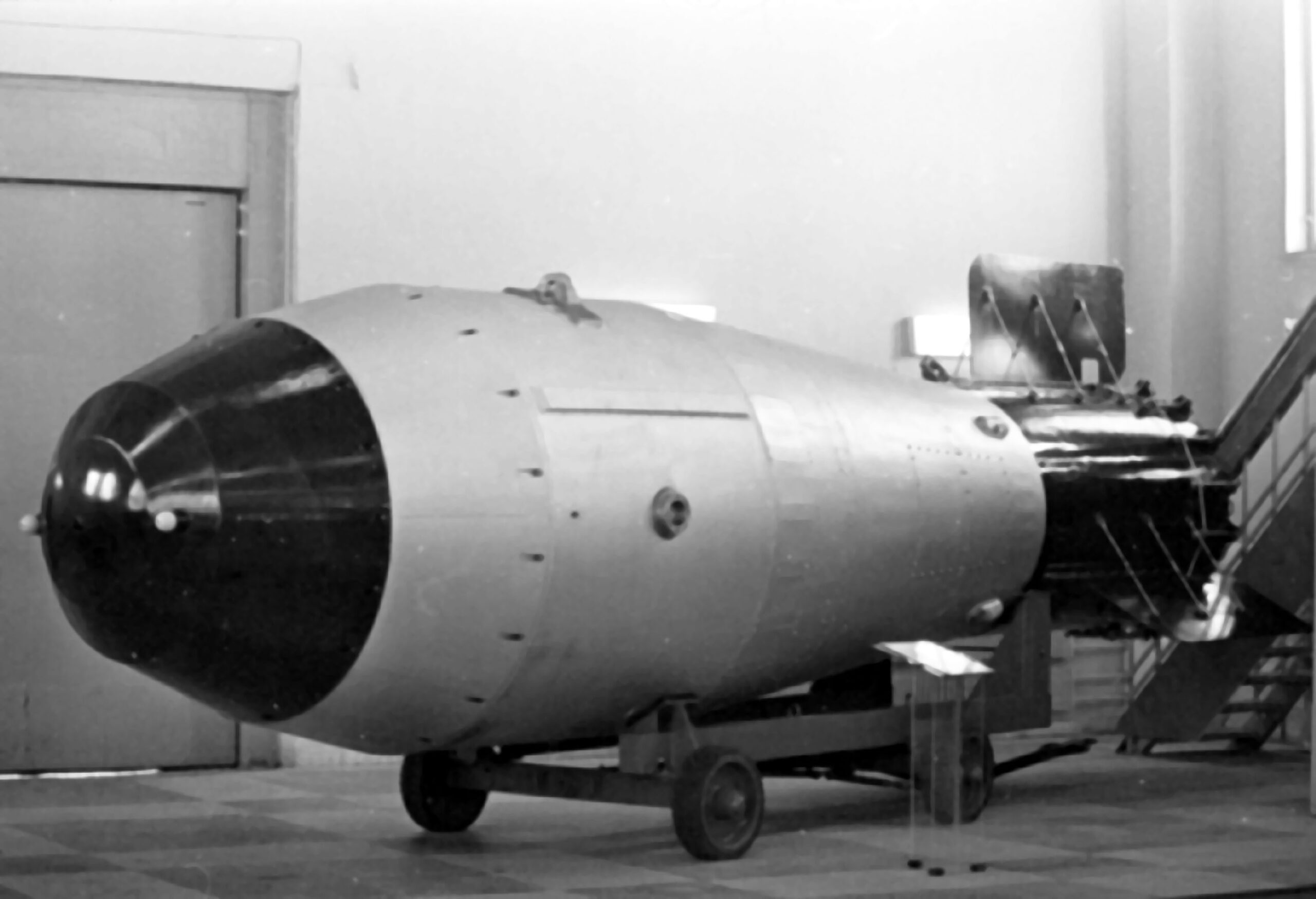August 16, 1945, remains etched in history, as the day when an atomic bomb brought devastation to Japan. Today, humanity possesses a far more potent weapon, the hydrogen bomb, also known as a thermonuclear weapon.

Unlike the atomic bomb, which has limited range, a hydrogen bomb can annihilate everything within a 16 km radius. These hydrogen bombs exist in quantities capable of wiping out the world’s population several times over.
The momentous day of the hydrogen bomb’s first test release an energy equivalent to one million tons of TNT, dwarfing the destructive power of the atomic bomb. Atomic energy relies on the process of nuclear fission to generate power.
In contrast, hydrogen bombs employ nuclear fusion. Fusion reactions are exponentially more powerful than fission reactions, making hydrogen bombs exceptionally devastating. A unique aspect of the hydrogen bomb is the production of a tritium isotope.
Tritium isotopes are generated within the bomb by combining hydrogen and lithium. As temperature rises, the isotope’s vibration intensifies, eventually reaching up to 100 million degrees Celsius.
Hydrogen bombs consist of three different categories of bombs: chemical bombs, fusion bombs, and fusion-boosted bombs. An atomic bomb at the core is enclosed by a beryllium wall, below which lies a cylinder-shaped uranium container.
When this bomb is deployed, a chain reaction ensues, emitting X-rays, harmful gamma rays, and creating a physical shockwave. Helium emits neutrons. Alternating fusion and fission reactions lead to massive explosions, all within a complex process taking just 600 nanoseconds. This process employs Einstein’s formula. Only six countries in the world possess the hydrogen bomb, a symbol of humanity’s immense destructive potential.
Leave a Reply